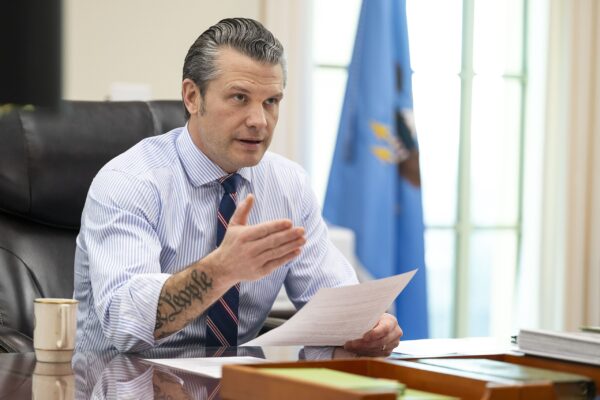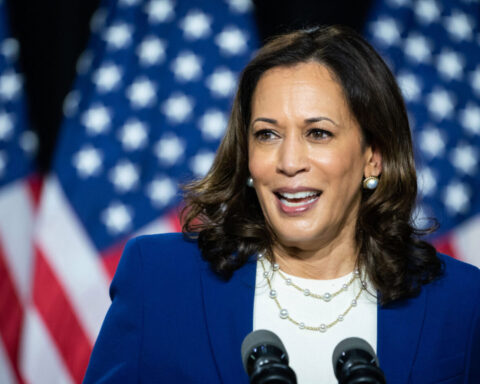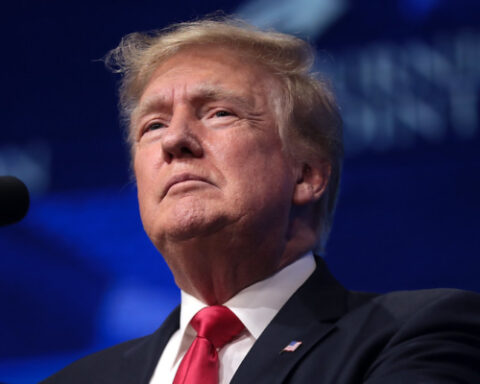Defense Secretary Pete Hegseth on Saturday accused China of pursuing “destabilizing actions” across the South China Sea and vowed that the United States would provide new technological and strategic support to Southeast Asian nations facing mounting pressure from Beijing.
Speaking in Kuala Lumpur during a day of high-level meetings with allies from Australia, Japan, and the Philippines, Hegseth proposed that members of the Association of Southeast Asian Nations (ASEAN) develop a joint framework for maritime domain awareness—a shared system for monitoring Chinese movements and responding to potential acts of aggression.
“You live it on the threats we all face from China’s aggression and course of actions in the South China Sea and elsewhere,” Hegseth said. “We need to develop our joint capabilities to respond, and this includes being able to monitor maritime conduct and develop the tools that allow us to respond quickly … ensuring that whoever is on the receiving end of aggression and provocation is then, therefore, by definition, not alone.”
Hegseth emphasized the importance of American innovation as a force multiplier for allies: “No one can innovate and scale like the United States of America, and we’re eager to share those capabilities with allies and partners.”
His comments followed a joint naval patrol on Friday involving the United States, Australia, New Zealand, and the Philippines—a show of unity that drew a sharp rebuke from Beijing. A Chinese military spokesperson accused the exercise of having “seriously undermined peace and stability” in the region.
China asserts sweeping sovereignty over nearly the entire South China Sea, using a self-drawn boundary that cuts into the exclusive economic zones of Brunei, Indonesia, Malaysia, the Philippines, and Vietnam. Over the past several years, China has deployed large numbers of coast guard and militia vessels far from its mainland, often clashing with the Philippines and interfering with energy exploration efforts by Malaysia and Vietnam.
Beijing insists its forces act “professionally” to defend Chinese territory and accuses Washington of militarizing the region. But regional governments, long wary of Beijing’s tactics, have welcomed the United States’ renewed attention under President Donald Trump.
On Friday, Chinese Defense Minister Dong Jun urged ASEAN members to “pool Eastern strength” to maintain peace—a phrase that American officials privately viewed as an attempt to discourage alignment with the United States.
Hegseth’s visit came just after Trump announced that he had ordered the U.S. military to “start testing our Nuclear Weapons” for the first time in more than three decades—a move widely interpreted as a warning to rivals China and Russia. Asked whether the directive referred to explosive tests or missile trials, Hegseth said the Pentagon would clarify later, adding, “We have very capable nuclear capabilities, and testing them is only prudent.”
At the ASEAN forum, Hegseth portrayed U.S. power as a stabilizing force rather than a threat. “We seek peace. We do not seek conflict,” he told regional ministers. “But we must ensure that China is not seeking to dominate you or anybody else.”
Reaffirming what he called “peace through strength,” Hegseth said America’s objective was clear: “The stronger we are, the more secure the region becomes. That’s the kind of leadership the world has been waiting for.”
[READ MORE: Progressive YouTuber Faces Backlash After Mocking Widow of Slain Conservative Activist]















